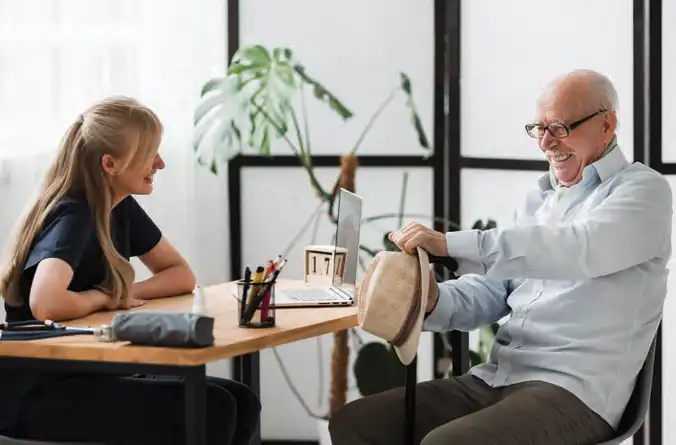
Parkinson’s Disease: Understanding the Basics
What is Parkinson’s Disease?
Parkinson’s disease is a progressive neurological disorder that affects movement control. It occurs due to the degeneration of dopamine-producing neurons in a region of the brain called the substantia nigra. Dopamine is a chemical that helps transmit signals for smooth and coordinated muscle movements.
Symptoms of Parkinson’s Disease
- Tremors (shaking) in hands, arms, legs, jaw, or face
- Muscle stiffness
- Slowed movements (bradykinesia)
- Balance and coordination difficulties
- Speech and writing changes
- Reduced facial expression
Important Facts
- Approximately 10 million people worldwide are living with Parkinson’s disease.
- The disease typically affects individuals over 60, but early-onset Parkinson’s can occur in younger people.
- While the exact cause is unknown, genetic and environmental factors are believed to contribute.
- There is currently no cure, but treatment can help manage symptoms.
How Therapy Can Help:
Occupational Therapy (OT)
Occupational therapy helps individuals maintain independence in daily activities by:
- Teaching strategies to enhance fine motor skills
- Recommending adaptive equipment for dressing, writing and eating
- Improving hand-eye coordination
- Simplifying tasks to conserve energy
Physical Therapy (PT)
Physical therapy focuses on improving movement and balance by:
- Designing exercise programs to enhance mobility, strength, and flexibility
- Teaching techniques to reduce fall risk and improve gait
- Promoting cardiovascular fitness
Speech Therapy (ST)
Speech therapy addresses communication and swallowing challenges by:
- Improving voice volume and clarity
- Strengthening muscles involved in speech and swallowing
- Teaching techniques for safe swallowing
- Enhancing non-verbal communication skills
A multidisciplinary approach involving occupational, physical, and speech therapy can greatly enhance the quality of life for individuals with Parkinson’s disease. Early intervention and consistent management can help maintain independence and reduce the impact of symptoms.
Celebrate Occupational Therapy Month!
What is Occupational Therapy?
Occupational Therapy (OT) is a healthcare profession focused on helping individuals of all ages engage in meaningful activities, or “occupations,” that enhance their ability to participate fully in daily life. Occupational therapists work with patients to improve their ability to perform tasks at home, school, work, and in the community.
Who Do Occupational Therapists Help?
- People recovering from injuries, surgeries, or illnesses
- Individuals with physical, cognitive, or developmental disabilities
- Older adults facing age-related challenges
- Children with sensory processing or motor skill difficulties
- People living with chronic conditions like Parkinson’s disease, arthritis, or stroke
How Occupational Therapy Helps
- Promotes Independence: Helping patients regain skills necessary for daily tasks such as dressing, bathing, cooking, and driving.
- Adapts Environments: Recommending adaptive equipment and home modifications to improve safety and accessibility.
- Enhances Well-Being: Teaching stress management, energy conservation, and relaxation techniques.
- Improves Quality of Life: Focusing on personalized goals that matter most to each individual.
Join the Celebration! Spread the word about the incredible benefits of occupational therapy. Whether you are an OT professional, a patient, or simply someone who appreciates the importance of meaningful activities, let’s recognize the impact of OT during Occupational Therapy Month!

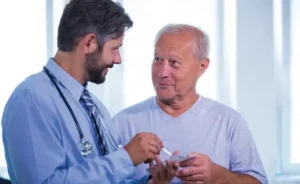

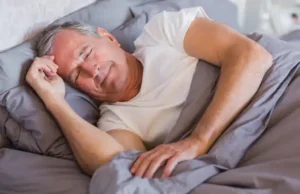



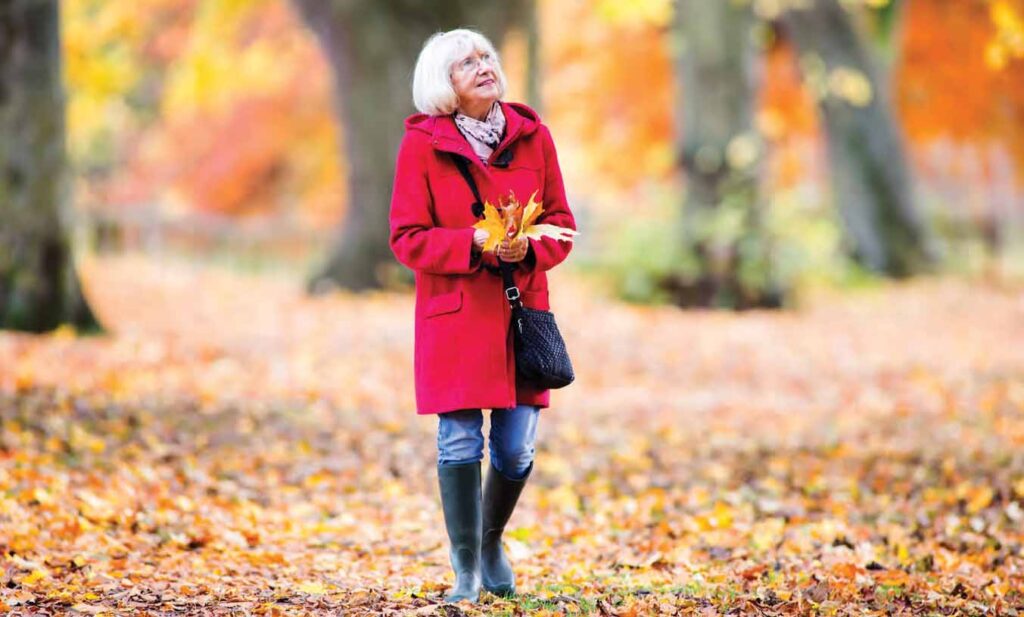


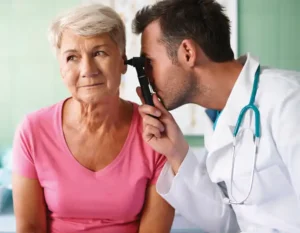
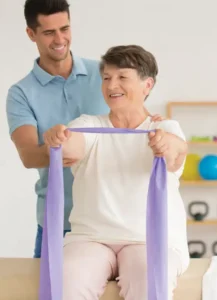
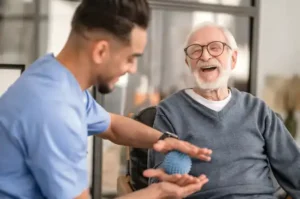
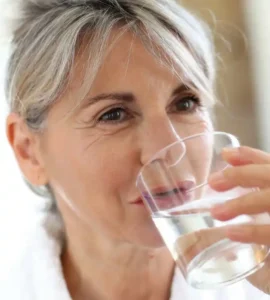


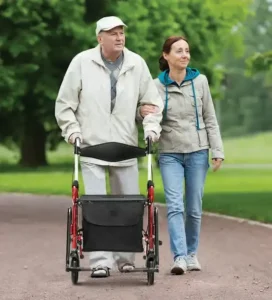


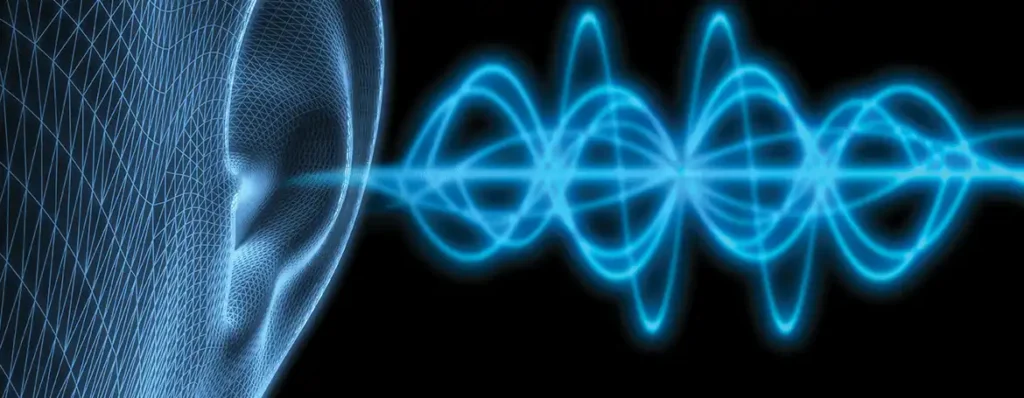



 © 2025 Kirby Pines LifeCare Community. All Rights Reserved |
© 2025 Kirby Pines LifeCare Community. All Rights Reserved | 